The Hora Medley
Details
Description
SKU: S0.97085
Composed by Traditional. Arranged by Jayan Nandagopan. Jewish,Israeli,Klezmer,Wedding. Score,Set of Parts. 66 pages. Published by Chamberlain Brass (S0.97085).The Hora is a popular dance in Eastern European and Middle Easter cultures where dancers gather in concentric circles, arms around shoulders, and dance to faster and faster tempos. The Hora is especially popular in Jewish weddings where the bride and groom are hoisted on chairs and dancers sing and dance to The Hora music. Songs in this Hora medley are:Chosson Kalah Maza Tov, Od Yishama, Yasis Alaich, David Melech Yisrael, Mayim, Mayim, Hava NagilaEtymologyThe name Hora (spelled differently in different countries) is cognate to the Greek 'dance'. The original meaning of the Greek word may have been 'circle'. The course of the seasons was also symbolically described as the dance of the Greco-Roman Horae, and they were accordingly given the attributes of spring flowers, fragrance and graceful freshness.Also, the word is present in Slavic languages and "hora" and "oro" are found in many Slavic languages and have the meaning of round (dance) and the verb 'oriti' means to speak, sound, sing which previously meant to celebrate.The Greek hora is cognate with Pontic 'khoron', Bulgarian хоро 'horo', Romanian 'horă', Serbian/Croatian/Bosnian/Montenegrin/Slovenian 'kolo', Macedonian/Montenegrin 'oro', the Turkish form 'hora', 'valle' in Albania, and in Hebrew (Hora). The Khorumi dance of Georgia also might be connected to the Horon dance in the neighbouring Turkish regions, as it rose out of the Adjara region, where Kartvelian Laz people coexisted for centuries with Greek Pontians.The Horah in Klezmer musicThe Horah in klezmer music is the same as the traditional Romanian Hora dance. It has a slow, limping gait in 3/8 time and often leads into a faster and more upbeat freylekh or bulgar.Israeli HorahThe Horah, which is somewhat different from that of some of the Eastern European countries, is widespread in the Jewish diaspora and played a foundational role in modern Israeli folk dancing. Originally from Zikhron Yaakov, a town founded by immigrants from Romania, it became the symbol of the reconstruction of the country by the socialistic-agricultural Zionist movement. Although considered traditional, the Horah Agadati, which may be the first Jewish adaptation of this dance and got its name from dancer and choreographer Baruch Agadati, was only performed for the first time in 1924.It is usually performed to Israeli folk songs, and sometimes to Jewish songs, typically to the music of Hava Nagila.To start the dance, everybody forms a circle, holding hands or interlocking arms behind their backs or on their shoulders and steps forward toward the right with the left foot, then follows with the right foot. The left foot is then brought back, followed by the right foot. This is done while holding hands and circling together in a fast and cheerful motion to the right. Large groups allow for the creation of several concentric circles.In the early days, Horah was popular mainly in kibbutzim and small communities. In its pioneer version, the horah was done at a whirling, breakneck pace. Each dancer’s arms were around the shoulders of those flanking him, with the circle spinning so fast that dancers were sometimes lifted off the ground. The dancing often continued for hours.Later the horah became a must in group dances throughout Israel, and at weddings and other celebrations by Jews in Israel, the United States and Canada. The dance appeared in North America in the early 20th century, well before modern Israeli independence, brought directly from Eastern Europe by Jewish immigrants.At bar and bat mitzvahs, it is customary to raise the honoree, and sometimes his or her family members, on a chair during the horah. This is also done at many Jewish weddings, following the Israeli tradition.The song Hora, sung by Avi Toledano, who represented Israel in the Eurovision Song Contest 1982, is based on this dance.
Digital Downloads are downloadable sheet music files that can be viewed directly on your computer, tablet or mobile device. Once you download your digital sheet music, you can view and print it at home, school, or anywhere you want to make music, and you don’t have to be connected to the internet. Just purchase, download and play!
PLEASE NOTE: Your Digital Download will have a watermark at the bottom of each page that will include your name, purchase date and number of copies purchased. You are only authorized to print the number of copies that you have purchased. You may not digitally distribute or print more copies than purchased for use (i.e., you may not print or digitally distribute individual copies to friends or students).
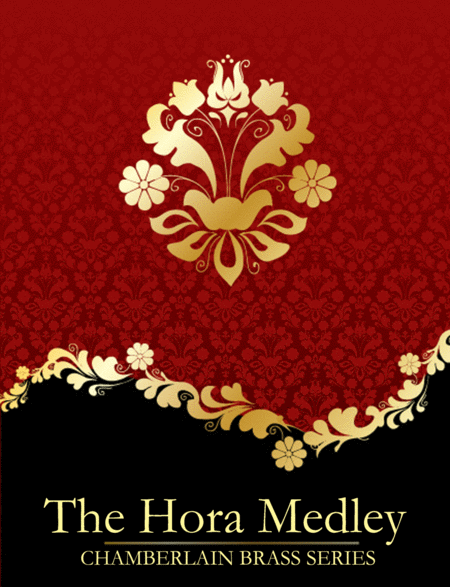
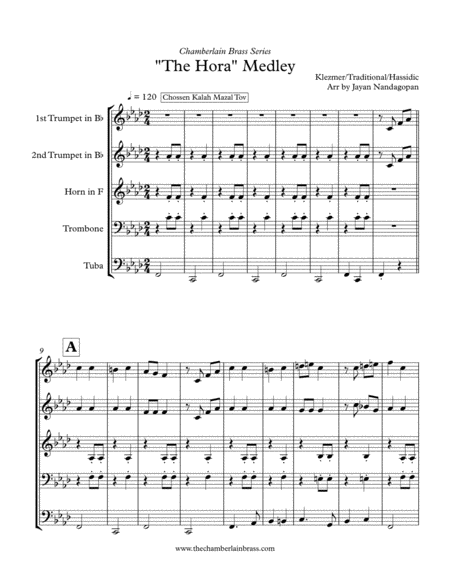
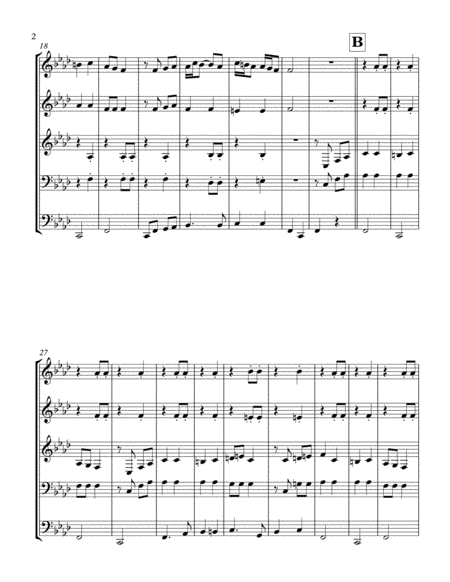
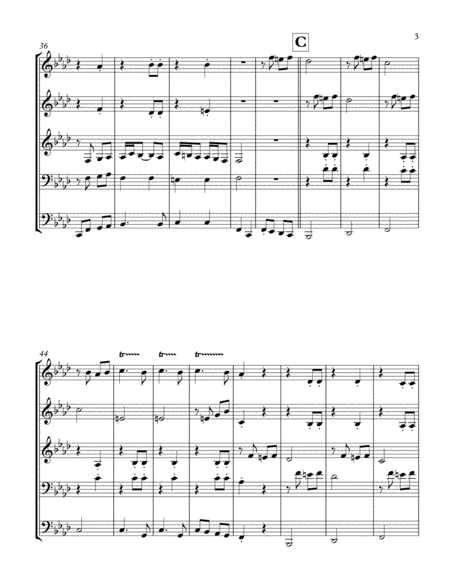
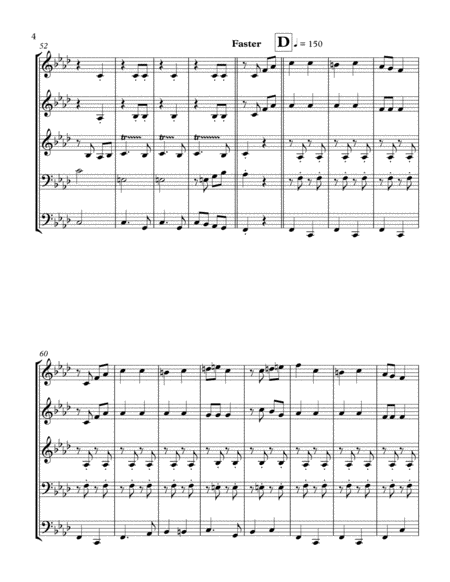
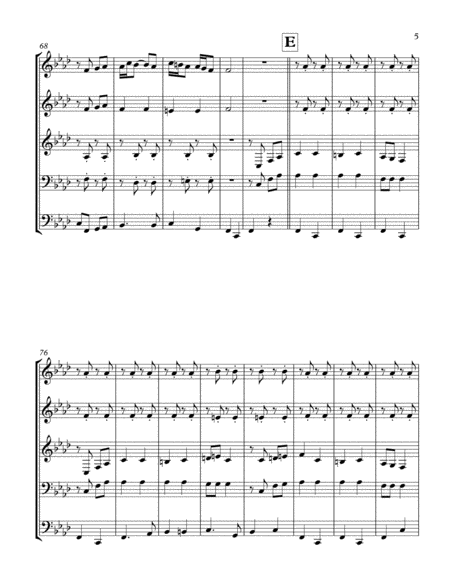
 Share
Share